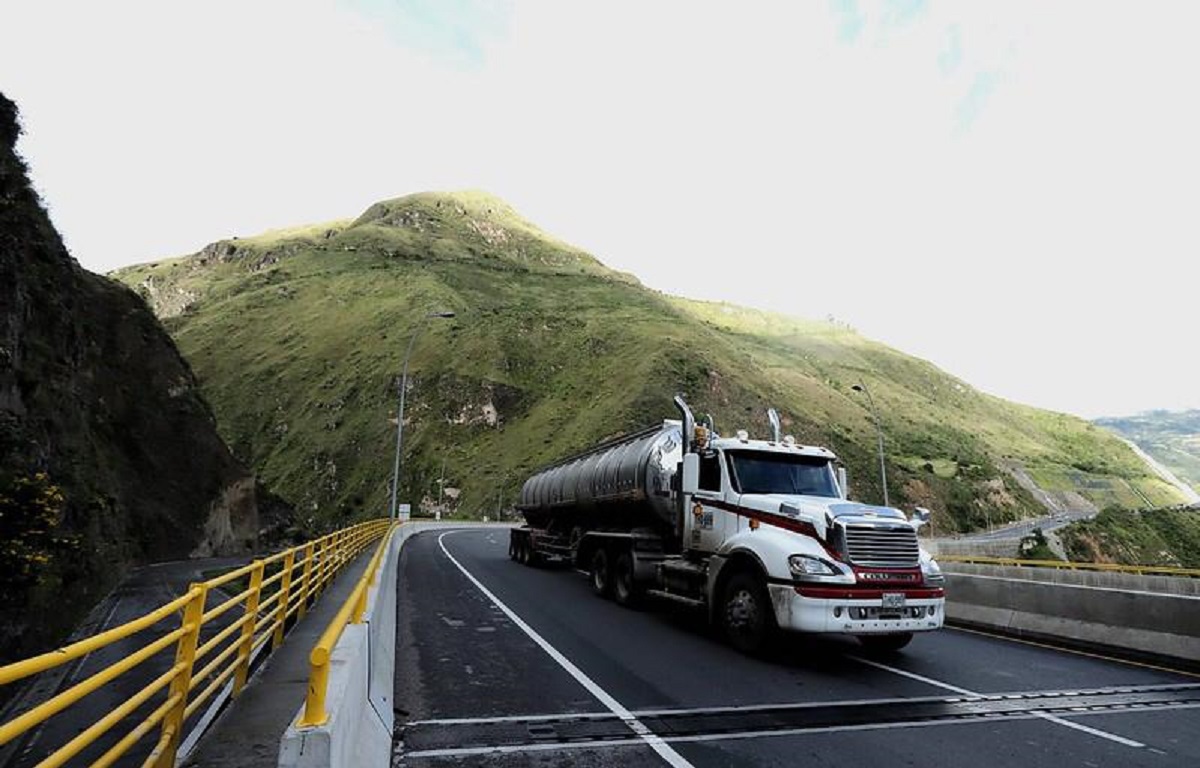The country’s economic reactivation continues to show good results. Analyzing the figures contained in the National Registry of Cargo Dispatches of the Ministry of Transport, during August of this year 11,375,147 tons of cargo were moved through the country, an increase of 6.3% compared to the same month of 2021.
At that time, the mobilization reached 10,691,979 tons. Regarding the mobilization of liquid cargo and travel also increases were presented in the eighth month of 2022. In liquid cargo, 405,682,409 gallons were mobilized in the country, 20.27% more than in the same month of 2021, and a total of 880,472 trips were made, 9.59% more than those made during August of last year .
Can read: Rodolfo Hernández did not keep an appointment in the Supreme Court of Justice
The Minister of Transportation, Guillermo Francisco Reyes González, celebrated these figures, assuring that they will work in coordination with cargo carriers, “the growth that we observe month by month shows the importance of our carriers in the national economy.”
The analysis made by the team from the Ministry of Transport with the figures allows us to highlight that, in terms of the number of trips, the main origins and destinations are in the logistics and production centers near Capital cities, like these populations.
Municipalities such as Buenaventura, Cartagena, Barranquilla, Bogotá, Santa Marta, Yumbo, Medellín and Cali.
You may be interested in: They denounce that Farc dissidents walked around Tibú again and delivered gifts
The analysis shows that the main origins-destinations are departmental trips, also known as local. This suggests that the movements are made for medium and short distances, especially in the departments of Valle del Cauca, Antioquia and Cundinamarca.
Among the most mobilized products in August are corn, with 546,910 tons; cement, mortar and concrete, with 509,998 tons, and coal, briquettes, and ovoids obtained from coal-coal, with 497,577 tons.
At liquid cargo level, the most mobilized cargo was flammable liquids, with 351,797,617 gallons; followed by crude petroleum oils, with 25,924,504 gallons, and various dangerous substances and objects, with 3,811,329 gallons.

















